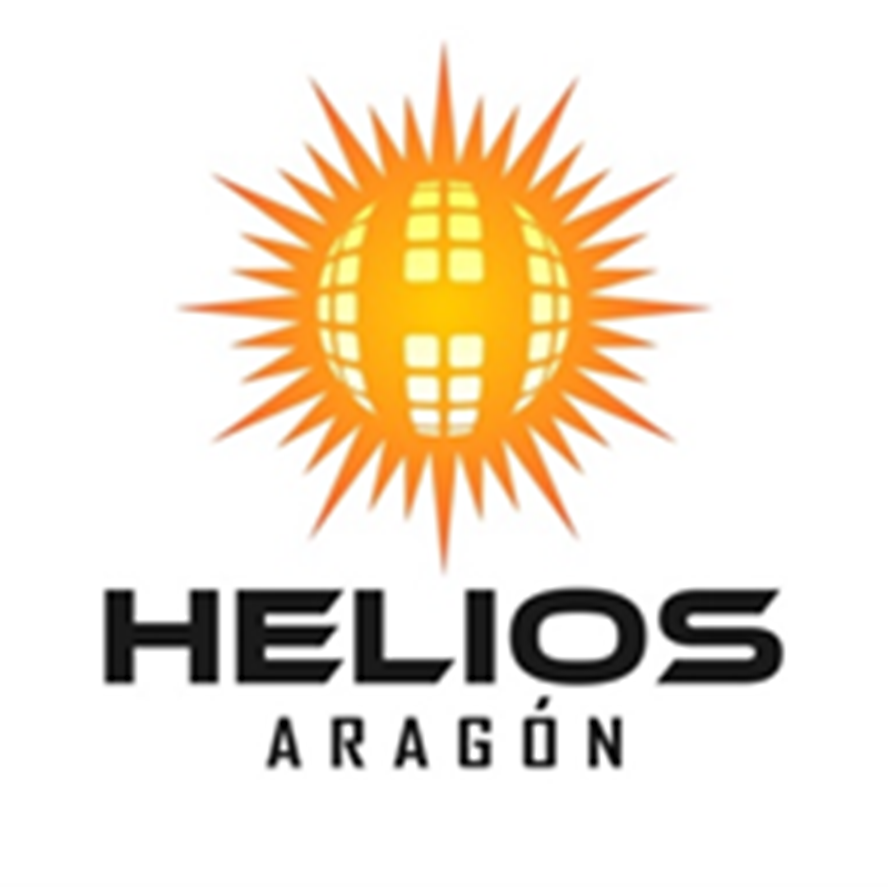
Helios Aragon presents at AAPG International Conference and Exhibition
Europe’s first natural hydrogen project - the Monzon Field, Aragon, Spain
August, 14th 2023
Helios Aragon is developing Europe’s first natural hydrogen production project in northern Spain and was recently designated a “project of regional significance” by the Government of Aragon.
The Monzon Field, discovered in the 1960’s, recorded pure hydrogen at a depth of 3,500m in a good quality sandstone reservoir overlain by a thick salt section. At the time, it was noted as a geological curiosity and the well was abandoned. The field structure is defined by modern 2D seismic and high- density gravity data. In 2022, a surface geochemical survey was undertaken which recorded not only high levels of hydrogen above the field and major faults, but also helium which is deemed a “critical raw material” by the EU.
The Monzon-2 appraisal well is expected to receive approval in September 2023 and be drilled in the second half of 2024, the first of its kind in Europe – a well drilled to produce natural hydrogen. The Company is working closely with contractors to ensure that downhole tools selected can accurately record hydrogen whilst drilling and during wireline logging. It is hoped to use the techniques developed for drilling operations on the Monzon-2 well in subsequent exploration wells.
The most likely recoverable volume of hydrogen in the Monzon Field is 1.1 million tonnes. There are several look-alike structures to the Monzon Field identifiable on seismic data which are also expected contain natural hydrogen, with total recoverable volumes in the Helios Aragon permits estimated at 5 to 10 million tonnes, and perhaps over 100 million tonnes in the province of Aragon.
The reserves would be produced over 20-30 years from early 2029 at a rate to meet local industrial demand, between 55,000 tonnes to 70,000 tonnes per annum at plateau. The break-even cost of hydrogen supply from the Euro 800 million project is around Euro 0.5 per kg and, unlike green hydrogen, does not require storage. The project will utilise existing technology, materials and skills to produce 24/7, supplementing supply when green hydrogen is unable to be produced. Development concepts have been designed and costed to accommodate a range of hydrogen and other potential gases in the field.
Commercial success in late 2024 in Aragon can revolutionise the clean energy transition by sourcing the lowest-carbon and lowest cost hydrogen.